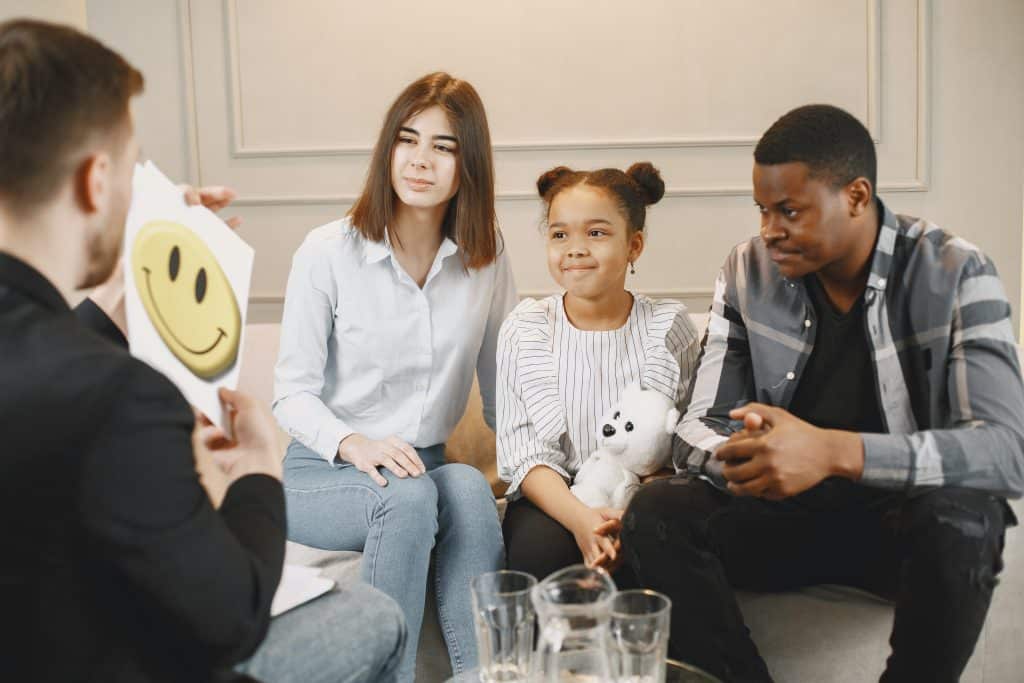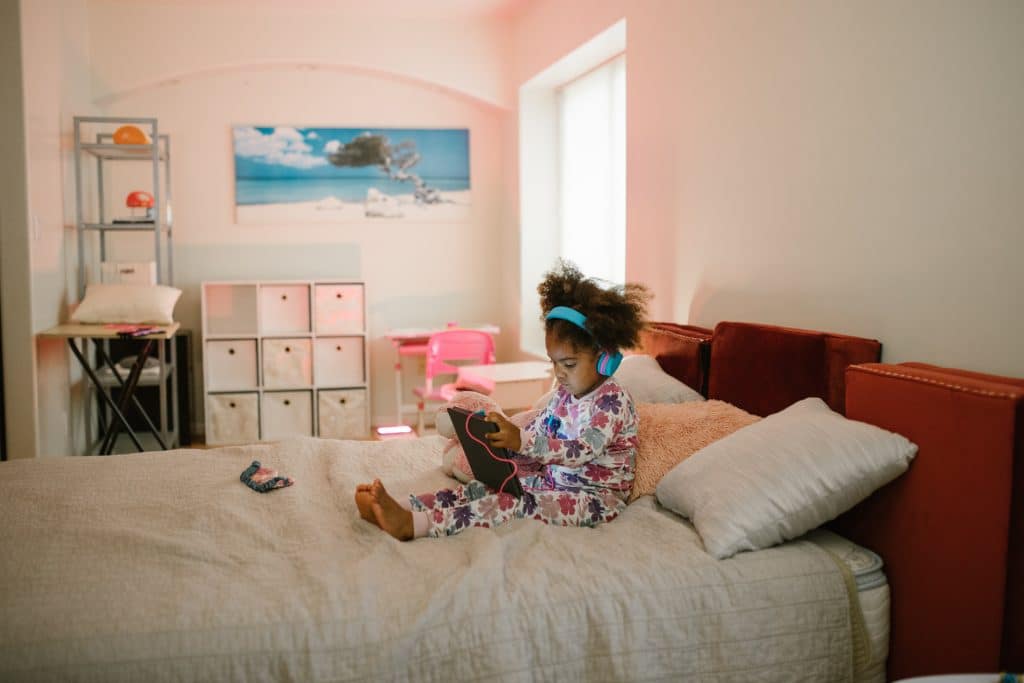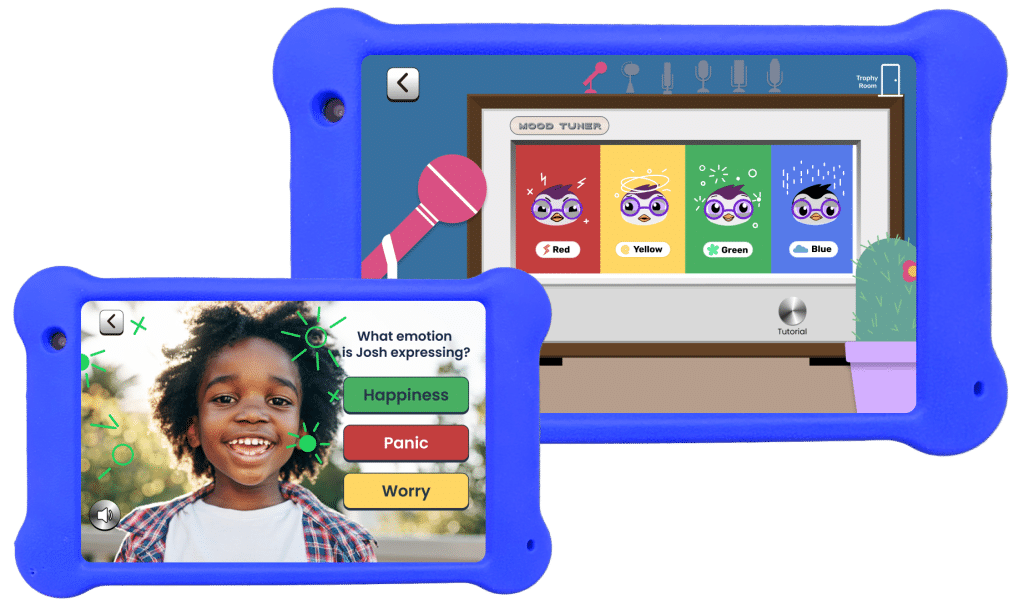In the United States, about 1 in 44 children have autism. And if you’re navigating life with a child on the autism spectrum, you’ve likely heard of Applied Behavioral Analysis, or ABA therapy. Think of ABA therapy as a customized map, guiding your child through behavioral challenges and enhancing vital life skills. In this blog, we’ll delve into the intricacies of ABA therapy, its wide-ranging benefits beyond just autism, the pivotal role it plays in tackling daily tasks, and the significant advantage of early intervention. Let’s embark on this informative journey together, exploring how ABA therapy can help unlock your child’s full potential.
Table of Contents
What Is ABA Therapy?
What Does ABA Stand For?
ABA stands for Applied Behavioral Analysis. As the term suggests, it’s where a licensed behavioral therapist looks at a person’s behavior to learn what necessary skills to develop and what dangerous behaviors to reduce. From there, they use different methods to stop some behaviors while encouraging others.

What Exactly Is It?
It’s a therapeutic approach designed for individuals with autism to help them navigate behavioral challenges and enhance crucial skills.
The secret sauce of ABA therapy is its personalization. With a one-on-one interaction, a licensed behavioral therapist identifies specific areas for skill development. Think of it less like a standard procedure, and more of a custom-tailored plan—devised to support your child in reducing unhelpful behaviors and promoting independence in their everyday life. In essence, ABA therapy is all about making the most of each individual’s potential.
Is ABA Therapy Only for Autism?
One question you might have about this therapy is if it’s exclusively for autism. This answer can get a little complicated. On one side of the coin, ABA therapy is famous for helping kids and young adults who have autism. On the other side, this is far from the only thing that ABA therapy helps with.
| Condition | How ABA Therapy Can Help |
|---|---|
| Autism | ABA therapy is widely recognized for helping individuals with autism, particularly kids and young adults, improving their social skills, communication, and other functional behaviors. |
| ADHD | ABA therapy can improve the capacity to focus and reduce impulsivity in people diagnosed with ADHD. |
| OCD | People with OCD could learn to self-regulate and reduce anxiety levels when things feel out of order through ABA therapy. |
| PTSD | ABA therapy can assist individuals with PTSD in finding mental balance and managing trauma-related emotions. |
| Traumatic Brain Injuries | ABA therapy can support rehabilitation in individuals suffering from traumatic brain injuries by helping them relearn lost skills and develop coping strategies. |
| ODD (Oppositional Defiant Disorder) | ABA therapy can aid in managing ODD by improving social interactions, reducing aggression, and increasing positive behavior. |
Goally | Visual Scheduler for Autism
Does your child struggle with getting ready in the morning independently? Goally’s routine app on the best tablet for kids breaks down large tasks into small, achievable steps for autistic kids. Create custom routines with your own videos & pictures for every step.
What Does ABA Therapy Do?
Think of it as a custom-fit suit for your child’s unique needs and diagnosis. Its objective? To assist your child with autism in tackling daily tasks that might seem daunting. Let’s break it down with an example: tidying up toys post-playtime. A pretty standard task, right? But for a child with autism, it can sometimes feel like climbing a mountain. This is where the magic of an ABA therapist comes into play. They’re there to support both your child and you, aiding in understanding the importance of tasks like putting away toys.
But it’s not just about explaining why. It’s about practicing and reinforcing. The therapist will work with your child to establish this habit, fostering positive behavior. They’ll celebrate your child’s success in tidying up and help navigate the task without a meltdown. These small yet powerful steps can significantly impact your child’s life.

At What Age Is ABA Most Effective?
You’re probably wondering when is the best time to get your child started with ABA therapy for autism? Well, early is the magic word. You see, when we talk about brain development, our little ones are processing dynamos. They absorb information most effectively during their early years.
In fact, the first five years of life are a golden period for development. It’s when children are the most receptive to learning. So, if you’re considering ABA therapy, it’s beneficial to start before your child turns six. That’s when they’re primed and ready to make the most of what ABA therapy can offer.
Why Are ABA Skills Important?
It’s all about fostering a sense of independence in your child. By learning these behavioral skills, they’re gaining tools necessary for navigating life. But it’s not just about gaining new skills, it’s also about reshaping behaviors. With ABA therapy, we can help minimize negative behaviors, leading to a safer environment for your child. Plus, it opens up a world of opportunities, paving the way for future work prospects and social interactions. In essence, ABA therapy not only helps them live independently but also enriches their life experiences.
Read More: ABA Therapy Pros and Cons
What Is an Example of ABA?
Let’s illustrate this with a concrete example, say, managing anger. Imagine your child is on the verge of a tantrum, a scenario familiar to many parents, right? ABA therapy for autism can equip them with strategies to handle such situations.
An ABA therapist guides your child to identify the signs of an impending outburst. Then, they offer tools to navigate it, like deep breathing or focusing on a calming thought or image. It’s like giving them a personal toolbox to manage their emotions better. And that’s what ABA therapy is all about—empowering them to control their reactions and live a more balanced life.
Read More: Cognitive Behavioral Therapy
Build Their Emotional Regulation Skills
Is your child struggling with understanding and managing their emotions? Goally’s Mood Tuner app is the perfect tool to help them develop emotional regulation skills in a fun and interactive way!

The Mood Tuner app encourages kids to look inwards and identify their feelings, helping them understand what’s going on inside. Once they’ve recognized their emotions, they can choose from a variety of exercises designed to help them self-regulate and find their balance.
Final Thoughts
Remember, the essence of ABA therapy lies in its individualized approach – tailored to your child’s unique needs, helping them develop crucial skills and manage behaviors. Start early, if you can, to make the most of their development years. And don’t forget, the goal here is not just about teaching tasks or managing outbursts; it’s about fostering an environment where your child can grow, learn and thrive. You are their biggest supporter, and armed with the right tools and understanding, you can help them achieve their fullest potential.
Your journey with ABA therapy may seem daunting initially, but keep in mind the incredible impact it can have on your child’s independence and quality of life. You’re not alone in this journey; many parents have walked this path and found it worthwhile.
This post was originally published on 12/14/2022. It was updated on 06/16/2023.

Goally
We help parents teach their kids life skills, like doing bedtime and morning independently. Backed by science, we incorporate evidence-based practices and expert-informed designs in all of our apps and content.






